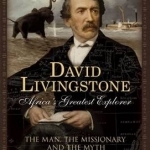
David Livingstone, Africa's Greatest Explorer: The Man, the Missionary and the Myth
Book
In 1841, a twenty-eight-year-old Scottish missionary, David Livingstone, began the first of his...
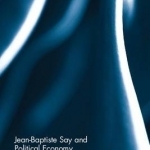
Jean-Baptiste Say and Political Economy
Jean-Baptiste Say and Gilles Jacoud
Book
Jean-Baptiste Say (1767-1832) was one of the first great economists to have laid down the...
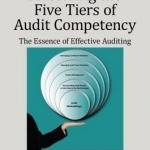
Mastering the Five Tiers of Audit Competency: The Essence of Effective Auditing
Book
Risk-based operational audits and performance audits require a broad array of competencies. This...
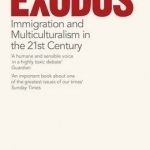
Exodus: Immigration and Multiculturalism in the 21st Century
Book
Exodus is an insightful, expert foray into the explosive issue of immigration, from Paul Collier,...

Nourishing the Inner Life of Clinicians and Humanitarians: The Ethical Turn in Psychoanalysis
Book
Nourishing the Inner Life of Clinicians and Humanitarians: The Ethical Turn in Psychoanalysis,...
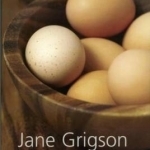
Good Things
Book
The reason for reissuing this book in hardback now is because it is Jane Grigson's celebration of...
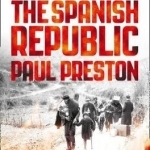
The Last Days of the Spanish Republic
Book
Told for the first time in English, Paul Preston's new book tells the story of a preventable tragedy...
The Southern Transjordan/Edomite Plateau and the Dead Sea Rift Valley to the West: The Bronze Age Through the Islamic Period (3800/3700 BC-AD 1917)
Book
Burton MacDonald presents an in-depth study of the archaeology and history of human presence over...

Heroines of the Medieval World
Book
The lives and actions of medieval women were carefully controlled and restricted by the men who...

